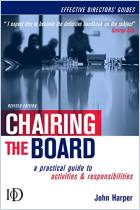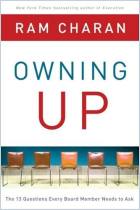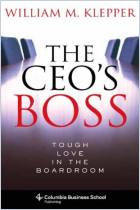
Leading the Board
The Six Disciplines of World-Class Chairmen
Read or listen offline
Amazon KindleRecommendation
As chairman of the board, you must walk a fine line. You cannot be intrusive or expect to have a say in all day-to-day operations. You cannot try to force your own ideas through the system. At the same time, you cannot be a yes-man for the CEO, letting him or her run roughshod over the organization. Andrew and Nada Kakabadse, professors and corporate boards experts, explain why the chair must be his or her company’s ethical paladin. If the chairman starts cutting corners, soon the company will have no corners left to cut. Although its somewhat academic text occasionally takes page-filling detours, including examining the Socratic roots of the word “dialogue,” the book provides an insightful analysis of six “essential disciplines” a board chair should follow. getAbstract thinks that board leaders, particularly new ones, will find this book very useful.
Summary
About the Authors
Andrew Kakabadse is a professor at the Cranfield University School of Management and Nada Kakabadse is a professor at the University of Northampton Business School, both in the United Kingdom.





















Comment on this summary